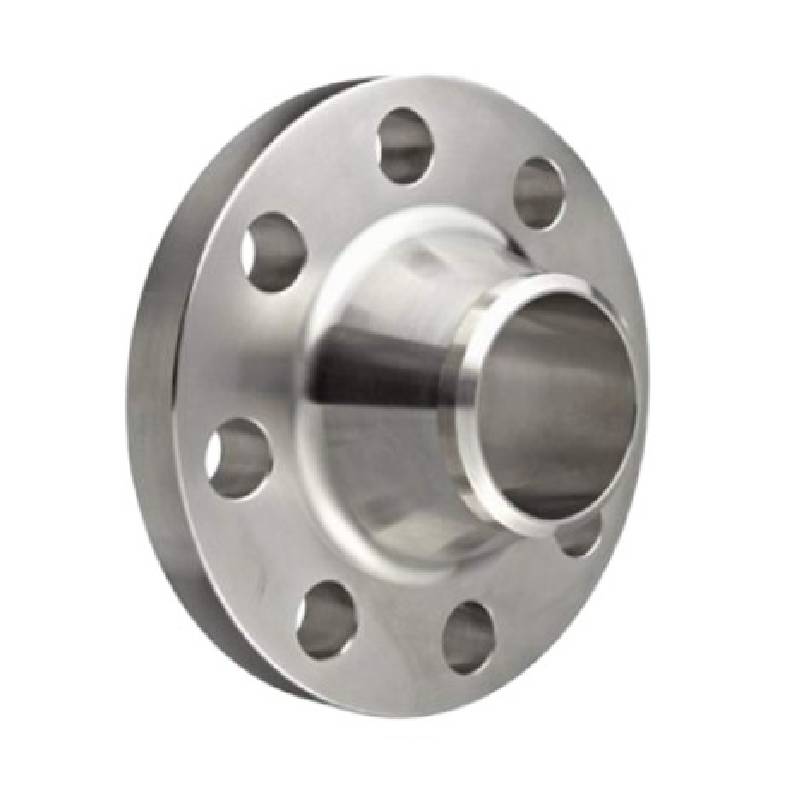-
Cangzhou Yulong Steel Co., Ltd.
-
Phone:
+86 13303177267 -
Email:
admin@ylsteelfittings.com
- English
- Arabic
- Italian
- Spanish
- Portuguese
- German
- kazakh
- Persian
- Greek
- French
- Russian
- Polish
- Thai
- Indonesian
- Vietnamese
- Zulu
- Korean
- Uzbek
- Hindi
- Serbian
- Malay
- Ukrainian
- Gujarati
- Haitian Creole
- hausa
- hawaiian
- Hebrew
- Miao
- Hungarian
- Icelandic
- igbo
- irish
- Japanese
- Javanese
- Kannada
- Khmer
- Rwandese
- Afrikaans
- Albanian
- Amharic
- Armenian
- Azerbaijani
- Basque
- Belarusian
- Bengali
- Bosnian
- Bulgarian
- Catalan
- Cebuano
- China
- China (Taiwan)
- Corsican
- Croatian
- Czech
- Danish
- Esperanto
- Estonian
- Finnish
- Frisian
- Galician
- Georgian
- Kurdish
- Kyrgyz
- Lao
- Latin
- Latvian
- Lithuanian
- Luxembourgish
- Macedonian
- Malgashi
- Malayalam
- Maltese
- Maori
- Marathi
- Mongolian
- Myanmar
- Nepali
- Norwegian
- Norwegian
- Occitan
- Pashto
- Dutch
- Punjabi
- Romanian
- Samoan
- Scottish Gaelic
- Sesotho
- Shona
- Sindhi
- Sinhala
- Slovak
- Slovenian
- Somali
- Sundanese
- Swahili
- Swedish
- Tagalog
- Tajik
- Tamil
- Tatar
- Telugu
- Turkish
- Turkmen
- Urdu
- Uighur
- Welsh
- Bantu
- Yiddish
- Yoruba

Nov . 20, 2024 03:20 Back to list
4 150 flange
Understanding the 4% 150 Flange A Comprehensive Guide
Flanges are essential components in the piping industry, serving as a fundamental connection point for pipes, valves, and other equipment. Among the various types of flanges, the 4% 150 flange stands out due to its application and specifications. This article will explore what a 4% 150 flange is, its characteristics, advantages, and typical applications.
What is a 4% 150 Flange?
The term 4% 150 flange typically refers to a flange with a pressure class of 150 pounds per square inch (psi) that features a 4-inch nominal diameter. In piping systems, flanges are categorized based on pressure ratings and sizes, with the 150 class indicating that it is capable of withstanding a pressure of up to 150 psi at a certain temperature. The 4-inch designation relates to the diameter of the flange, which determines the size of the pipe it will connect.
Characteristics
1. Material Composition 4% 150 flanges can be made from various materials, including carbon steel, stainless steel, and alloy metals. The choice of material affects the flange's durability, corrosion resistance, and overall performance in different environments.
2. Design and Standards These flanges typically adhere to standards set by organizations such as the American National Standards Institute (ANSI) and the American Society of Mechanical Engineers (ASME). The design ensures that the flange provides a reliable and secure seal, preventing leaks in the piping system.
3. Surface Finish The flange surface can be finished in various ways, such as raised face, flat face, or ring-type joint. The type of surface finish chosen impacts the sealing mechanism and the overall integrity of the connection.
4 150 flange

Advantages
One of the primary advantages of the 4% 150 flange is its versatility. It is widely used in various industrial applications, including oil and gas, water treatment, chemical processing, and HVAC systems. Its design allows for easy installation and disassembly, facilitating maintenance and repairs. Additionally, the 150 psi rating makes it suitable for a wide range of operating conditions, providing peace of mind in terms of safety and reliability.
Applications
The 4% 150 flange is commonly found in
- Pipe Connections Used to connect sections of piping, creating a robust and leak-proof assembly. - Valves Frequently used in conjunction with valves to isolate or control fluid flow within a system. - Equipment Mounting Serve as anchoring points for various equipment, ensuring stability and support. - Mixing and Distribution Systems Employed in tanks and mixing vessels to connect different process streams.
Conclusion
In summary, the 4% 150 flange is a crucial element in many piping applications across various industries. Its adaptability, coupled with the ability to withstand a pressure class of 150 psi, makes it a preferred choice for many engineers and technicians. Understanding the specifications and applications of this flange type can greatly enhance the efficiency and safety of piping systems, ensuring optimal performance in diverse industrial environments. Whether you are involved in design, installation, or maintenance, recognizing the significance of the 4% 150 flange can help in making informed decisions that benefit your projects.
Latest news
-
ANSI 150P SS304 SO FLANGE
NewsFeb.14,2025
-
ASTM A333GR6 STEEL PIPE
NewsJan.20,2025
-
ANSI B16.5 WELDING NECK FLANGE
NewsJan.15,2026
-
ANSI B16.5 SLIP-ON FLANGE
NewsApr.19,2024
-
SABS 1123 FLANGE
NewsJan.15,2025
-
DIN86044 PLATE FLANGE
NewsApr.19,2024
-
DIN2527 BLIND FLANGE
NewsApr.12,2024
-
JIS B2311 Butt-Welding Fittings LR/SR 45°/90° /180°Seamless/Weld
NewsApr.23,2024











